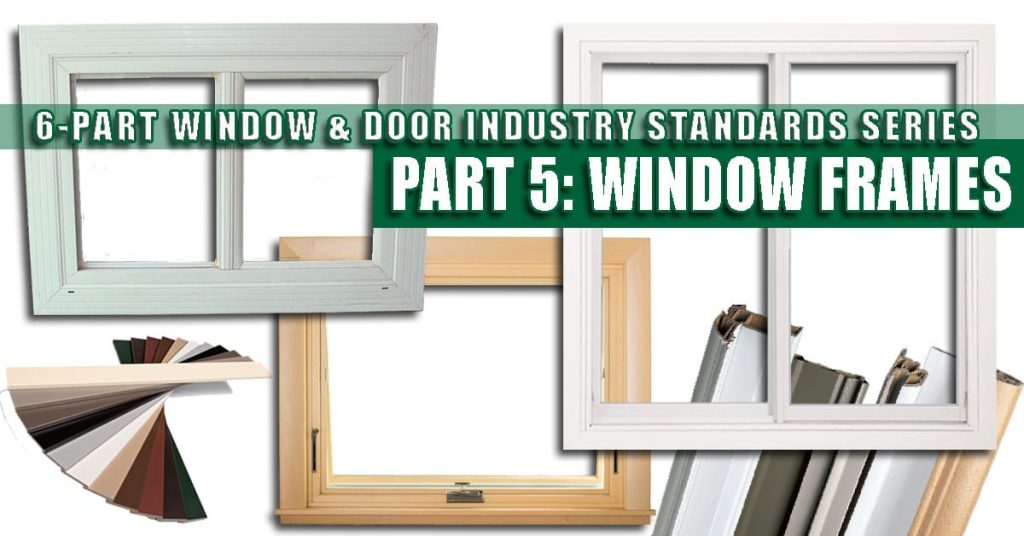

This week’s Renewal by Andersen of New Jersey & New York Metro replacement window industry standards post is about window frame materials, and how it plays an integral role in your heating and cooling bills.
When New Jersey and New York homeowners start thinking about a home remodel that includes replacement windows, aesthetic features usually take center stage. Many choose a slider, casement or bow window based on how it will look installed in their home.
While your first thoughts may not be how a particular style improves natural ventilation or provides a superior seal against the elements, they should be. While comfort, convenience and appearance are important, it can hard to calculate an absolute value for these things. On the other hand, energy performance and utility costs are measurable. This means you can know you’re making a wise investment by doing some research and thoughtfully considering all construction elements that make up your new home windows before inking an installation contract.
Virtually all new and replacement windows are less energy-efficient than the space in the walls they replace, but today’s modern window technology, means they can be a lot more efficient than they were just a few years ago. Did you know that 25-30 percent of home heating and cooling loss happens through your windows? Selecting low-E, Energy Star certified replacement windows is one way you can protect your wallet and the environment.
Air leaks are responsible for about half of the energy lost through a window. Sash-to-frame, glass-to-frame and frame-to-frame connections can all leak if not properly manufactured and sealed. Today’s well-built replacement windows have superior protection against air and water leakage. Thoughtful design guarantees a window has air-tight seals and connections throughout the window unit, whether you choose a double-hung, awning, inoperable window unit or other style. Choosing the correct frame material, like our patented Fibrex composite, ensures natural contraction and expansion with temperature changes won’t cause the window unit to separate from your walls and exterior siding.
The window frame often represents roughly one quarter of the overall window unit area. It is very important to select a window frame material that is non-conductive thermally to capture the highest performance from your windows. Conduction is just a fancy word that describes how much heat passes through a solid material. Metal is highly-conductive, which makes this material a low-performer compared to wood, vinyl and composite. Look for replacement windows with frames guaranteed to block the flow of energy, and you’ll find superior insulating qualities that keep conditioned air indoors where it belongs.
You can get more information about energy efficiency from your window dealer or replacement window specialist. Third-party agencies also certify window performance. When comparing brands, check out the temporary rating label, then consider one of these options to help you learn more.
Frame materials either boost energy-efficiency or keep you from enjoying a comfortable home year-round without busting the budget. To learn more, just fill in the short form on this page or call (866) 609-5033 to speak with a personal replacement window consultant today.
Check out this post for more information on about window frames.

Learn Everything You Need to Know BEFORE Buying Replacement Windows